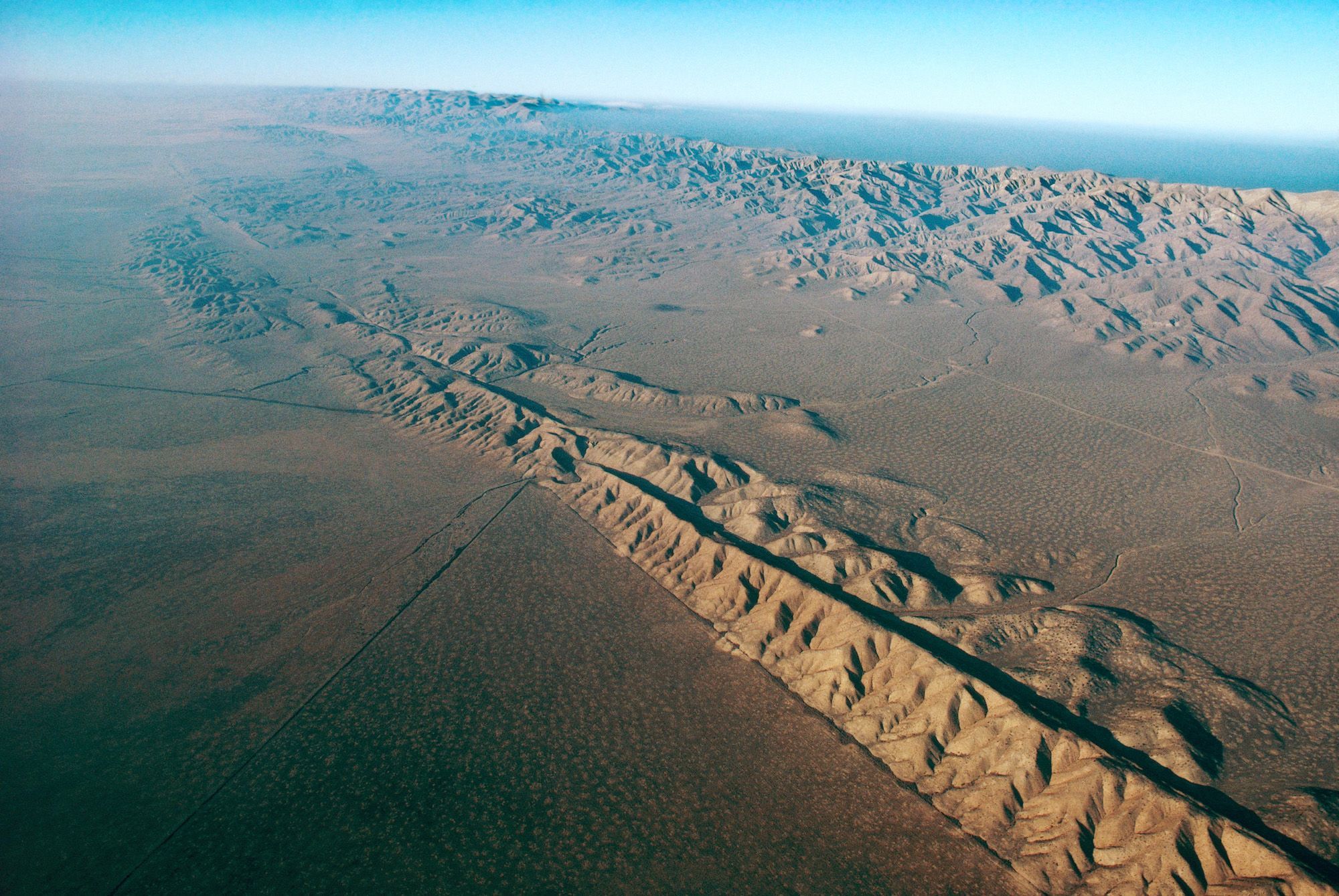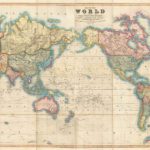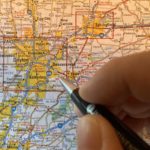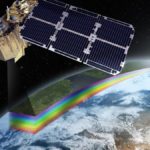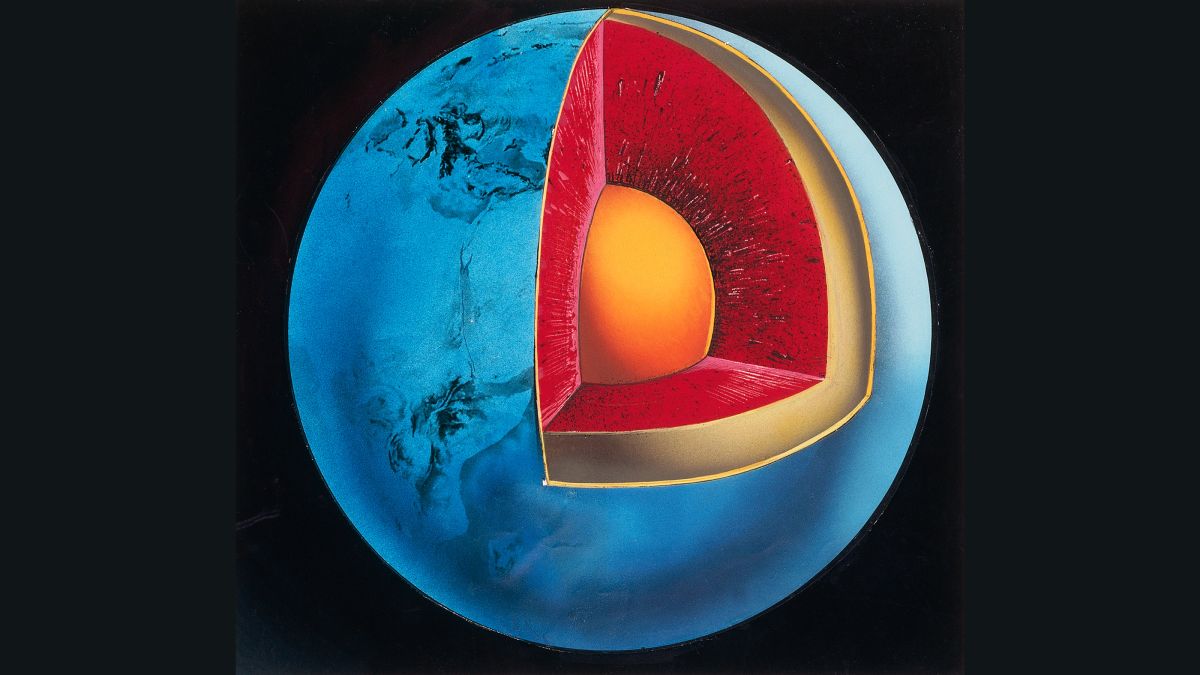Using modern equipment, scientists known as oceanographers have been able to measure and map out the ocean floor. What these scientists have discovered has helped explain how it is that continents are able to move around on the Earth’s crust.
Deep beneath the waves at the surface of the ocean located almost exactly halfway between the continents are raised areas known as ridges. These ridges are similar to under-water mountain ranges. At other locations we find extremely deep trenches, some reaching many thousands of feet in depth.
Many scientists believe that the ridges represent areas where new crust is being formed as hot magma escapes from the Earth’s core and spreads outward. As the seafloor spreads outward away from the area where magma is being released, the continents are carried across the sea, riding on top of the sima crust.
Ocean Ridges
As new crust is created, older crust submerges back into the mantle, being melted once again. It is believed that the deep ocean trenches are locations where crust is being lowered back into the Earth’s core.
The amount of time that it takes for crust to be created, and later destroyed is approximately 100 million years. Thus, most crust has a lifetime of around 100 million years.
Because continents do not fall back into the Earth’s mantle, they survive much longer. Many parts of the continents we see today are almost as old as the Earth itself.
As new crust is created in a particular location on Earth, it forms what resembles giant plates. One side of the plate is where new crust is being created, while the other side is where older crust is being destroyed.
Plate Tectonics
Geologists refer to this process as plate tectonics. As we study plate tectonics, a picture emerges of very old continents riding on top of much younger and ever moving plates. These plates move extremely slowly, at a rate of only about 10 cm per year.
Plates Boundaries
At the locations where two tectonic plates interact, a boundary between these plates exist. There are three types of boundaries that geologist observe. These boundaries are divergent boundaries, convergent boundaries, and transform boundaries.
Divergent Boundaries
The word diverge is a big word used by scientists to describe what happens when two objects move away from each other. Thus, a divergent boundary is a boundary where two tectonic plates are moving away from one another. As we have already discussed, this most often takes place at ocean ridges.
These ridges are zones of intense volcanic activity. In addition to forming at the bottom of oceans, these divergent boundaries can also form on continents. When this happens, a line of volcanoes emerges.
Convergent Boundaries
Converge is a large word that scientists use to describe two objects that come together. In the case of plate tectonics, the two objects coming together are large plate-like pieces of the Earth’s crust. As these two plates push against each other, one is ultimately forced down beneath the other.
When this happens near land, we see the earth above the two meeting plates rise, forming spectacular mountain ranges. A parallel oceanic trench typically forms just off the shore, as one plate descends deep into the Earth’s core.
These convergent boundaries commonly cause volcanoes to form, as old crust melts. As two plates rub against one another, a number of small and large earthquakes are common near convergent boundaries.
Transform Boundaries
The final type of boundary is one where the two plates slide against each other in a sideways motion. These boundaries between plates is referred to as transform boundaries. As two plates slide past one another, in a transform boundary, neither plate is added to at the boundary, nor destroyed.
The result of two massive plates pushing against one another is that massive amounts of energy build up. Occasionally this energy is released suddenly in the form of large earthquakes.
